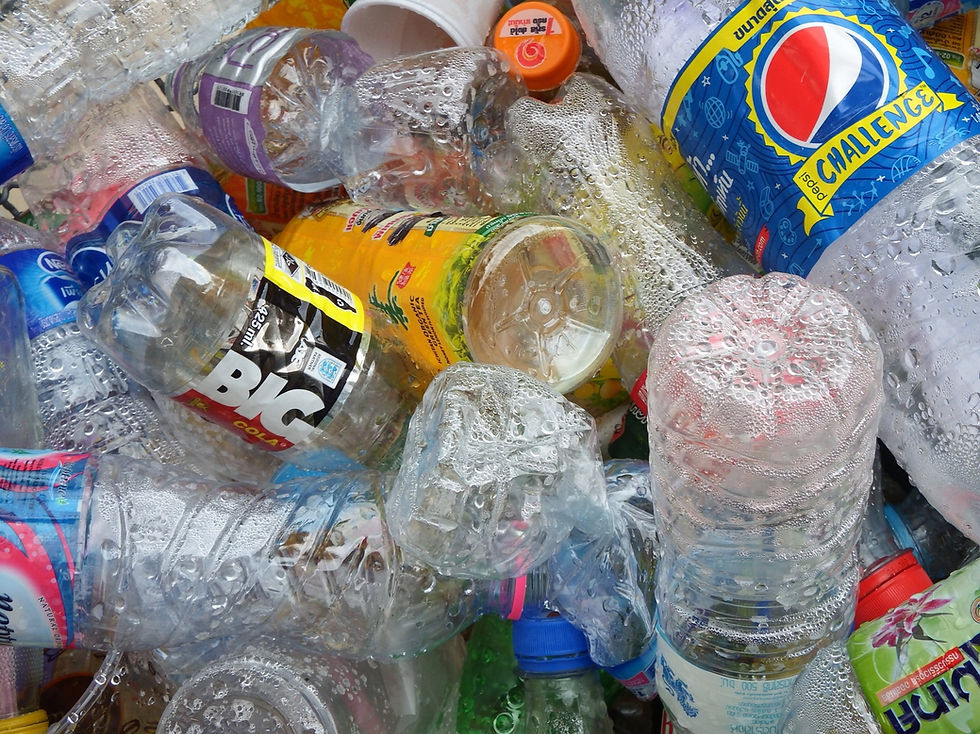The drought that won't go away for long.
- cfneug
- May 10, 2021
- 2 min read
Updated: Jun 27, 2023
Climate change is going to force dramatic shifts in how we think about and manage water.

The headlines were as relentless as the back-to-back summers of scorching heat and forest fires. And then the sky opened up this past winter over much of the West Coast. After years of punishing drought, a reprieve. As the massive snowmelts tops off local reservoirs, many experts are saying these extreme cycles are the new normal.
If your trees and plants didn't anticipate this shift, they'll have lots of company at least. Nature has an incredible ability to adapt over time but when the environment dramatically changes faster than the lifetime of a single tree, Darwin can be cruel.
Trees have natural responses to help them survive moisture shortfalls -- over short time scales stomata on leaves can close when water is scarce, stopping transpiration and photosynthesis in an attempt to ride out temporary dry periods. This state isn't sustainable -- internal energy reserves can only last so long -- but a dry spell here and there can often be tolerated by healthy trees. Over longer timescales, if water can only be routinely and reliably be found deep underground many species can grow deeper and more extensive root systems.
But it is just a matter of time before they weaken and become susceptible to pests and diseases. Surface root systems developed in wetter times are a liability if the dry heat desiccates the top layers of soil. With our new boom/bust moisture cycles from year to year, trees won't be able to find a good strategy.

If you live in an area facing a deep drought, how does this play out in your neighborhood? California has seen this movie a few times -- lawns will brown (some naturally hibernate this way) and over time much landscaping and groundcover will be updated to reduce water use with drought tolerant species and more efficient irrigation (like drip). Municipal carrots and sticks will encourage water conservation - both rebates for ripping out turf as well as higher water costs and escalating penalties for overwatering.
While such hardships and conversions are not easy, adapting mature trees to the hotter and drier future is even less so.
Large trees often define a neighborhood's character and provide cooling and shade during the summer, mitigating the well-studied 'heat island' effect. Wholesale replacement of mature trees can denude a home and tank the curb appeal. Many older trees were planted with the expectation of cooler/wetter conditions and developed root systems to match, perhaps trained and grown when profligate irrigation was the norm. With rapidly drying top soils and unprecedented heat extremes, these valuable trees are at risk.
Saving trees
For natural forests in the western US, the combination of dryer weather patterns, snowpack/runoff dynamics, heat, development, fires and forest management priorities have put more trees at risk than ever before. Long term solutions are needed.
To prevent excessive and unintentional tree loss in developed areas, irrigation systems will need to be adapted, finely tuned and frequently monitored to encourage more dryout-resistant root growth while supplying just enough water for trees to be healthy and resilient.




Comments